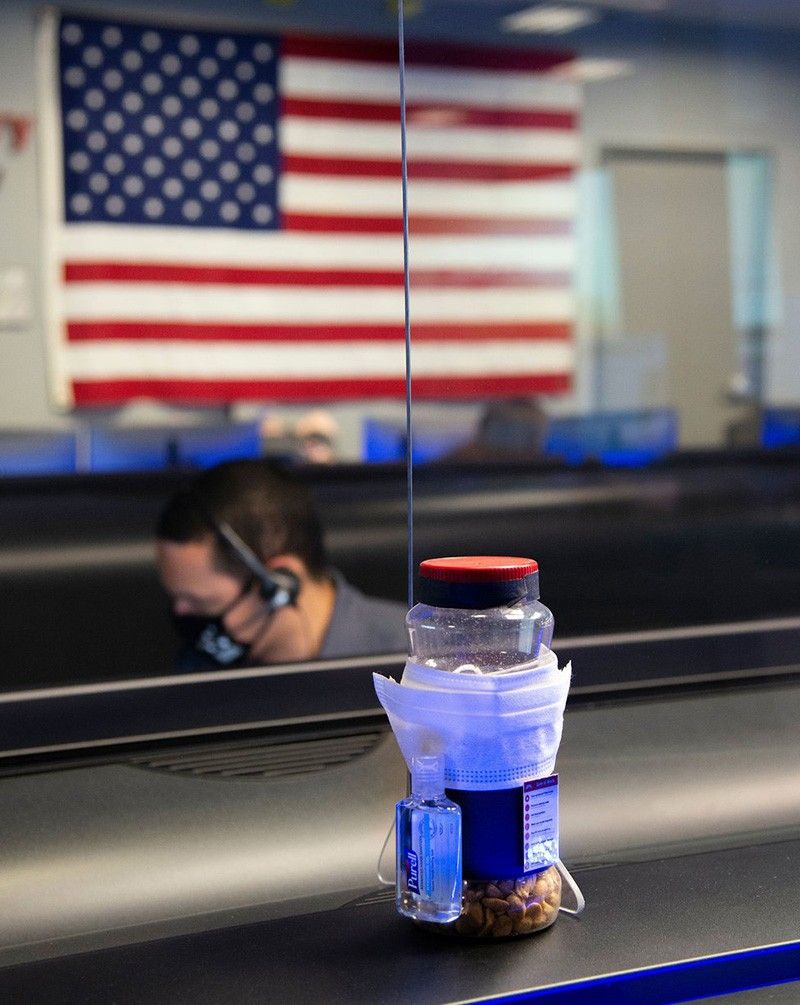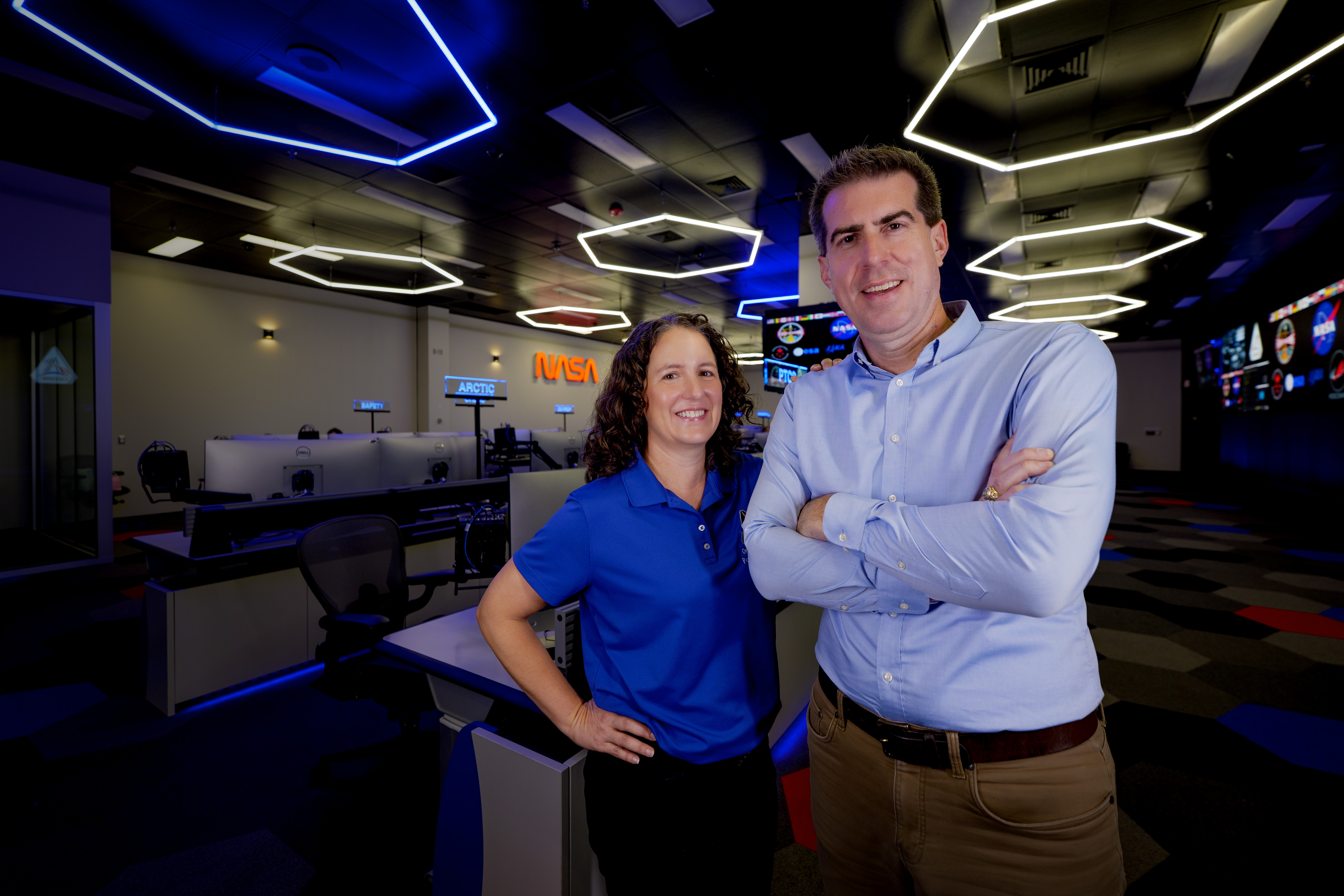
Eating “lucky peanuts” before launches and other major mission events is a longstanding tradition at NASA’s Jet Propulsion Laboratory (JPL).
Why peanuts? It all started with the first U.S. effort to reach the Moon with a fully functioning spacecraft. Not to land on it – those missions were still a few years away.
In the early 1960s, the U.S. created the Ranger project – the first effort to launch probes toward the Moon. JPL built this series of automated spacecraft. They were supposed to relay pictures and other data as they approached the Moon and then crash on the Moon’s surface.
Rangers 1 through 6 were all unsuccessful for various reasons:
- Ranger 1 (Launched Aug. 23, 1961) Launch vehicle failure; spacecraft could not leave Earth parking orbit
- Ranger 2 (Launched Nov. 18, 1961) Launch vehicle failure; spacecraft could not leave Earth parking orbit
- Ranger 3 (Launched Jan. 26, 1962) Radio contact lost; missed the Moon by about 22,900 miles (about 36,800 km)
- Ranger 4 (Launched April 23, 1962) Onboard computer failed; impacted the Moon on April 26, 1962
- Ranger 5 (Launched Oct. 18, 1962) Radio contact lost; missed the Moon by 450 miles (725 km)
- Ranger 6 (Launched Jan. 30, 1964) Reached the Moon but cameras failed; impacted the Moon Feb. 2, 1964
After all those failures came Ranger 7. This mission was a complete success and marked a major turning point in the race to the Moon.
And that’s where the lucky peanuts come in.

When Ranger 7's launch day arrived, on July 28, 1964, the good-luck peanuts made their first appearance at the Space Flight Operations Facility – mission control – JPL. That morning, the mission's trajectory engineer, Dick Wallace, passed them out in hopes of calming people’s nerves.
"I thought passing out peanuts might take some of the edge off the anxiety in the mission operations room," said Wallace. "The rest is history."
When this Ranger performed flawlessly, a new JPL tradition took hold, and now peanuts are passed around the laboratory's mission control center during critical mission events.
Ranger 7’s successors, Ranger 8 and 9, also performed well. The spacecraft returned pictures that helped scientists pick the landing sites for NASA's Apollo Moon program. The peanuts have shown up on informal countdown checklists for almost every launch since then.
On a few occasions, the peanuts didn't make it for launch day. In one case, the spacecraft was lost soon after launch. In another, the launch was delayed for 40 days, and only took place after the lucky peanuts were delivered to the mission team.
Someone also forgot lucky peanuts for the first Cassini launch opportunity, on Oct. 13, 1997. The launch was postponed that day because of weather conditions. But the crunchy nuts were, indeed, on hand for the successful liftoff two days later.
Up until the Voyager mission, the peanuts showed up only for launches. Nowadays, they are shared in mission control during most critical events, including orbit insertions, flybys, and landings, or any event where tension and stakes are high.
Superstition? Hardly. JPL scientists and engineers are driven by data, and know that correlation doesn't equal causation. But lucky peanuts are a time-honored tradition that unites JPLers around a shared story. They help remind those doing really hard things to approach challenges with humility, because the difference between success and failure can sometimes come down to what’s beyond their control.



































